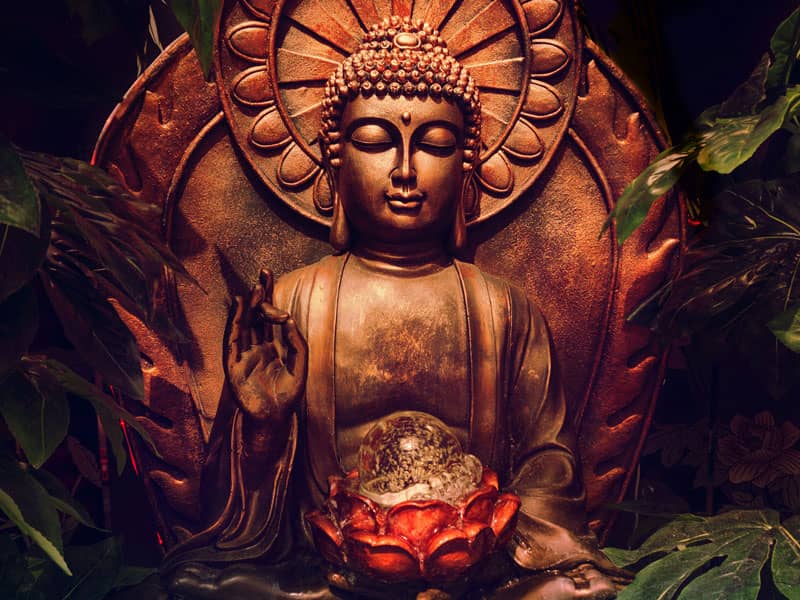What does the title of your book, "Going On Being," refer to?
It's a long story, but I first hit on the phrase while looking at a piece of art about a waitress's experience, about the comings and goings of her day. It contained a piece of text from Jack Kerouac and the phrase "going on being" came into my head as I read it. I thought, this is the perfect title to describe what I was talking about in the book. Then I went back to my research and realized it was a phrase from the British child analyst D. W. Winnicott, who used it to describe a child's sense of continuity of self.
When parents are unable to give optimum space for a child to develop her own sense of self--that is, if the parents' needs intrude or they are too abandoning--the child goes to into reactive or caretaker mode. She has to go into her "thinking" mind in order to figure out how to adapt. This reactivity creates gaps or holes in the child's going on being, in their identity, really. They're so busy trying to take care of things, they lose touch with who they are. They lose their "going on being."
To encourage our "going on being," parents have to be there but leave us alone. It sounds simple, but it's very profound. This is something that meditation also does. We are there with our minds, but we leave ourselves alone. I like that parallel between child-rearing and meditation, which is what the book is largely about.
The title also refers to a Buddhist notion of going on being, that people have continuity but not a fixed identity or self. There's room for both continuity and change.
You describe meditation as a way of "reparenting" ourselves.
That's right. Meditation, it seems to me, is way of going into those gaps or blockages developed in childhood, and exploring them without coming down too hard on them. Ultimately, it's a way of recovering oneself.
Freud always said that the best psychoanalysis could do was to take people from neurotic misery and return them to common unhappiness. That's fine, but I wanted something more for myself, both professionally and personally. In Buddhist psychology, there's the possibility held out for some kind of happiness. It's a positive view of working to change the mind. The psychological optimism of Buddhism and Eastern thought is what I was trying to communicate with this book.
Absolutely. I myself have always gone back and forth between the two. I've always been interested in what was psychological about meditation and what was spiritual about psychotherapy. How they have mixed has really surprised me. The spiritual aspect of psychotherapy is two people sitting together in a room with no purpose. That's completely strange in our culture and it's totally meditative. What gets talked about is what comes up in the moment. To do psychotherapy, you have to be open to what arises.
And meditation can't do it all. People with a lot of meditation experience have come to see me because they still feel psychological emptiness, or low self-esteem, or they're not sure what do with their anger. These are basic therapy issues, and I think for a lot of people, psychotherapy can address these much more specifically than meditation. We might need individual attention in order to explore or heal those kinds of issues. Ultimately, though, each can empower the other immensely.
You tell many personal stories in the book. Was it hard for you to be on the "confessional" end of things?
In stuff that I've read before I was always hungry for therapists to reveal something of themselves, to show how therapeutic relationships related to them personally. So few people were willing to do it and I appreciated the ones who did. So I thought, "Why do I have to keep this stuff private?" It made me a little uncomfortable, but people seem to appreciate when I do bring my own experiences into a book.
You also talk about the difference between the Buddhist notion of "not self"--that there's no fixed self--and the Western idea of "I am not," of feeling like nothing or nobody, a pretty common psychological ailment. Can you explain this?
From a Buddhist perspective, we can say "I'm not something" and "I'm not nothing." It's not a matter of self-assurance. In a Western sense, the phrase "I am not" refers to a psychological emptiness--the idea that "I really don't matter." It's the disparagement of the self that many people in our culture fall victim to. Eastern teachers are not familiar with that feeling, though they may be familiar with other ones that relate to self-esteem.
You've been fortunate to study with many great meditation teachers--Ram Dass, Joseph Goldstein, Jack Kornfield. What do you recommend for someone who wants to begin a meditation practice but doesn't have a lot of access to dharma teachers?
The important thing is to start where you are, and the main issue to address in meditation is really self-acceptance. That's what you get out of meditation from the outset and in the long run. It's useful to begin on your own, but eventually, I recommend seeking out a teacher. And here I would stress the idea of many teachers for meditation--you don't have to hit on the perfect one right off. Each one will give you something valuable.

